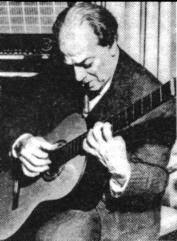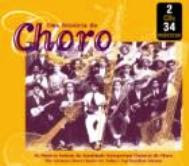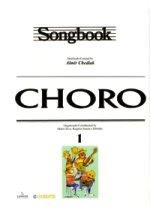'Brasileirinho' Revisited
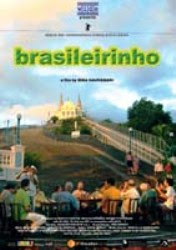 Mika Kaurismäki's excellent documentary on Choro in Rio, Brasileirinho (2005), deserves to be viewed more than once - the atmosphere of the film, the great performance by contemporary stars of choro is spellbinding and persuades you to watch the movie over again. At least, this is the way I felt after watching the film for the first time, since then I have seen it two or three times more - last time during this week of Christmas. I am not going to give you an abstract of the film, the story and its background may be found at the official website of the film, click on headline to learn more. Instead I'll insert three scenes of great performance from the film that have been uploaded at YouTube. But before doing so I have a proposal to our readers and regular visitors of this blog.
Mika Kaurismäki's excellent documentary on Choro in Rio, Brasileirinho (2005), deserves to be viewed more than once - the atmosphere of the film, the great performance by contemporary stars of choro is spellbinding and persuades you to watch the movie over again. At least, this is the way I felt after watching the film for the first time, since then I have seen it two or three times more - last time during this week of Christmas. I am not going to give you an abstract of the film, the story and its background may be found at the official website of the film, click on headline to learn more. Instead I'll insert three scenes of great performance from the film that have been uploaded at YouTube. But before doing so I have a proposal to our readers and regular visitors of this blog.The Choro-Music blogspot started in June 2006 inspired by Mika Kaurismäki's documentary and has aimed to collect and share available info on essential artists and choro recordings, up till now more than 130 entries have been posted by the editors of the blog. However, if the blog is going to be continued on a regular basis, we need a little help from our readers. I propose you to be a guest contributor of the Choro-Music blog, if you have info, stories, pictures, recordings, comments etc. you would like to discuss and share with our readers. Also, if you are doing research on certain aspects of choro and related music, please feel free to share your work or work-in-progress with the readers of this blog. Send your proposals, contributions or comments to keepswinging@live.nl and be a guest contributor of the Choro-Music blog! Maybe you're first in line to have your contribution published here!
As mentioned above, I have revisited Mika Kaurismäki's Brasileirinho this week. Below I insert three scenes from the documentary that have been uploaded at YouTube. The first scene is from the beginning of the film, Trio Madeira Brasil performing Jacob do Bandolim's "Santa Morena"
The last scene is from the concert hall featuring Yamadu Costa and Trio Madeira Brasil a.o., a performance of the tune 'Machcando'
A Happy New Year - Um feliz Ano Novo
Jo
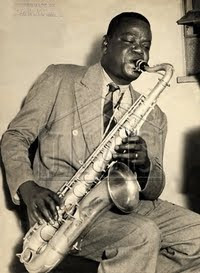
.jpg)
